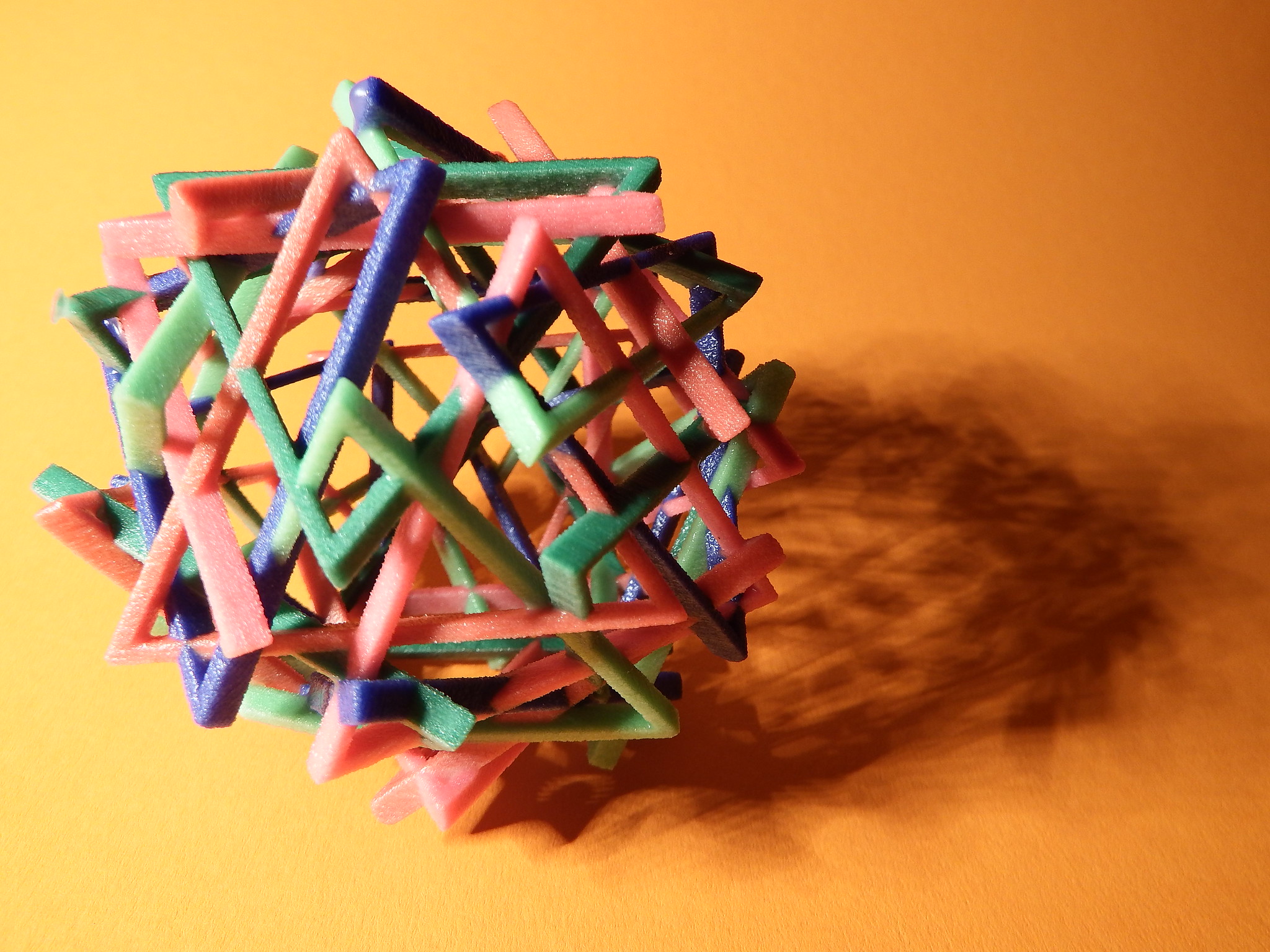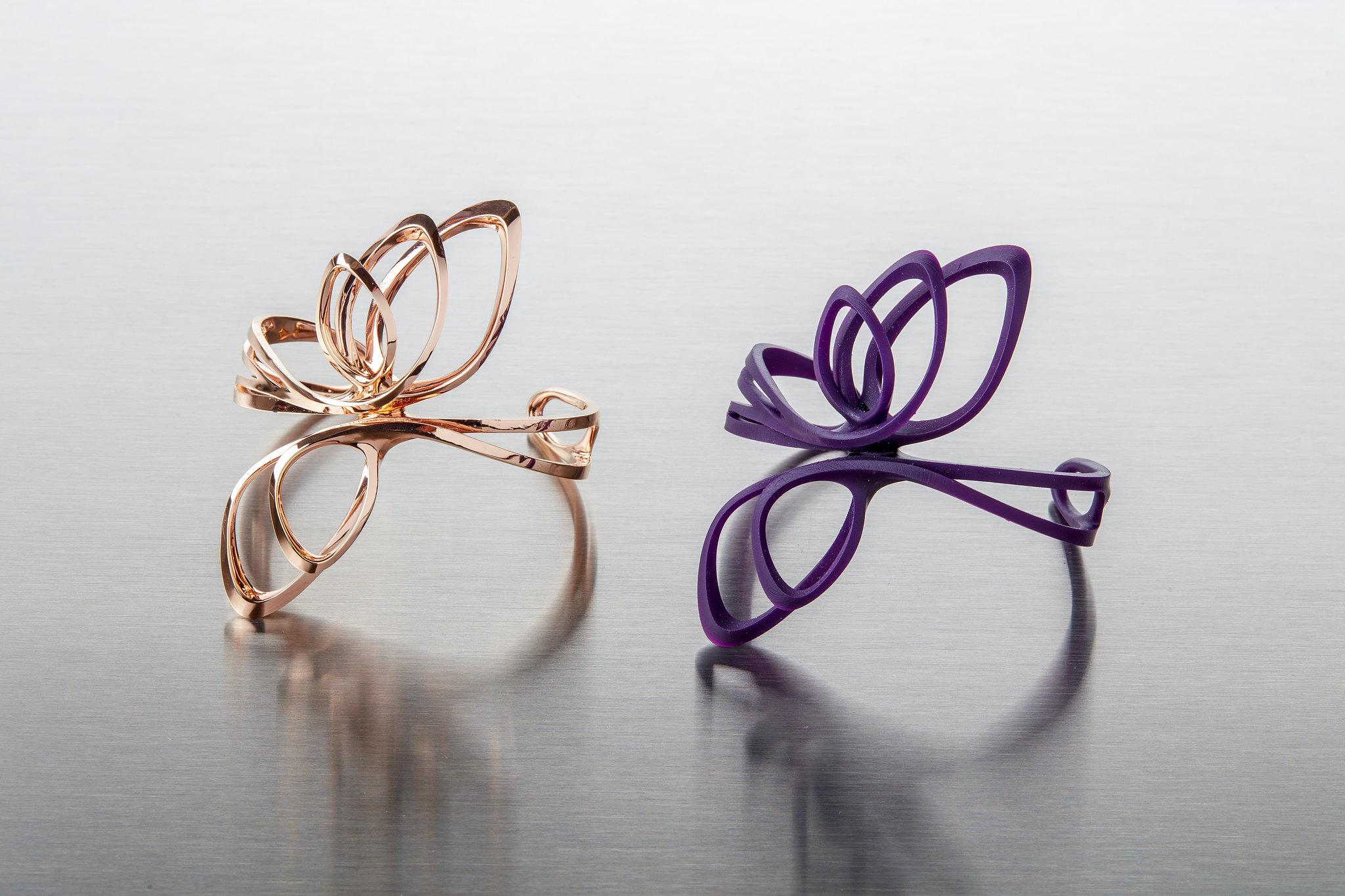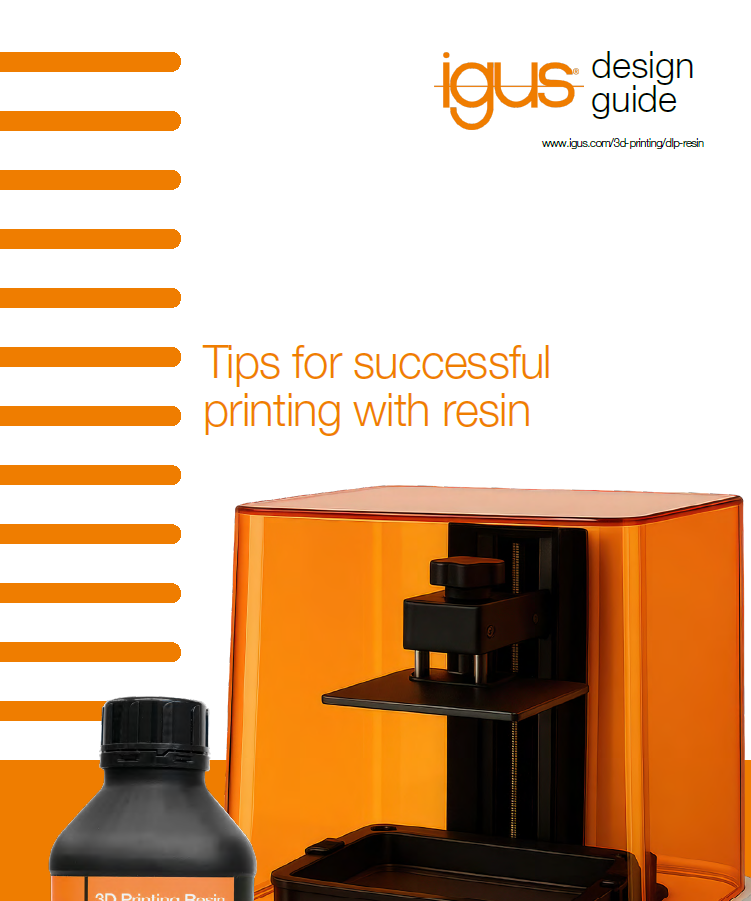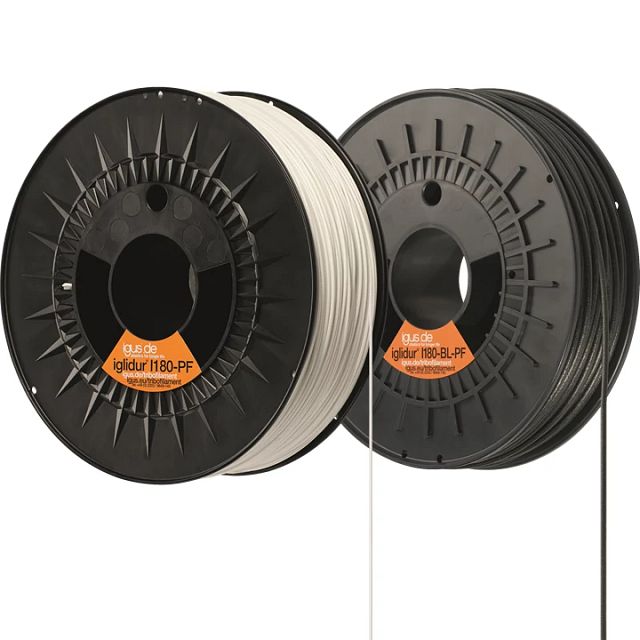What are the different types of 3D printing?

Photo: "3D printing with College students" by fdecomite, licensed under CC BY 2.0
3D printing is a beautiful thing. It brings complex design ideas to life in a short amount of time and can be cheaper than using machine tools or injection molding depending on the requirements. It’s been rapidly developing since its creation in the 1980s and there are now several types of 3D-printing processes available, even for commercial functional parts.
Every printing process starts with a CAD file, which is a 3D digital model of the object that will serve as the basis for production. Then, software slices the CAD file into layers and sends that to the printer so production can begin. But that’s where most of the similarities end. This blog post explains the differences between the types of 3D printing and lists their strengths and weaknesses. Let’s get to it.
1. Fused Deposition Modeling (FDM)
FDM, also known as Fused Filament Fabrication (FFF), is the cheapest, most widely used type of 3D printing technology in the world. It’s a material extrusion printing process where a spool of thermoplastic filament is used to print parts (Source: The 7 Main Types of 3D Printing Technology in 2022 | All3DP).
First, the filament is loaded into the printer. Then, the printer’s nozzle is heated, and the filament is fed into the nozzle where it melts. A motor squeezes out strands of melted material onto a build platform in predetermined spots where the material cools and solidifies. Finally, either the build platform moves down or the extrusion head moves up so another layer can be printed, and the process repeats until the object is complete. Certain objects, such as models with steep overhanging parts, may require additional support structures.
igus® offers 3D-printing filaments that are 50 times more wear-resistant than standard thermoplastic printing materials. Learn more about our engineered iglide® filaments here.
Strengths:
- Most cost-effective method
- Various thermoplastic materials available
- Full-color parts possible
(Sources: What is FDM (fused deposition modeling) 3D printing? | Hubs; All3DP)
Weaknesses:
- Not suitable for parts with intricate details
- Post-processing required for smooth finish
- Not for mechanically critical components (if using standard thermoplastic printing materials)
(Sources: Alkaios Bournias Varotsis, Hubs; All3DP)
2. Stereolithography (SLA) / Digital Light Processing (DLP)
SLA was invented in 1986, making it the first-ever 3D-printing technology. It’s a vat photopolymerization printing process where a photopolymer resin is selectively cured by a light source (Source: All3DP).
During SLA, photosensitive thermoset polymers in liquid form are either poured into the printer or dispensed from a cartridge automatically. A build platform is lowered into the resin until a thin layer of liquid remains between the platform and the bottom of the tank (Source: The Ultimate Guide to Stereolithography: How SLA Works). Then, mirrors called galvanometers (galvos for short) rapidly aim a UV laser beam in a predetermined path to create the first layer of the object and harden the material. Once the first layer is finished, the platform lifts, peeling the part from the bottom of the tank, and a fresh layer of resin is dispensed (Source: Formlabs). The platform lowers back into the material and the process repeats until the object is formed.
DLP is almost identical to SLA. The main difference is that a digital light projector flashes one image of each layer onto the resin instead of tracing cross sections with a laser (Source: All3DP). DLP can print objects quicker due to this.
Strengths:
- Very smooth surface finish
- Parts with very high dimensional accuracy and intricate details
- Clear, flexible and castable resins available
(Source: Alkaios Bournias Varotsis, Hubs)
Weaknesses:
- Generally brittle components, not suitable for functional prototypes
- Mechanical properties/visual appearance degrade overtime when exposed to sunlight
- Support structures required
- Post-processing necessary to remove visual marks
(Source: Alkaios Bournias Varotsis, Hubs)
3. Selective Laser Sintering (SLS)
SLS is a powder bed fusion printing process where a thermoplastic powder is fused layer by layer with a laser.
First, the powder bin is heated just below the polymer’s melting point. Then, a recoating blade spreads a very thin layer of powdered material – typically 0.1mm thick – onto a build platform (Source: All3DP). A CO2 laser beam scans the surface and then selectively sinters and solidifies a cross section of the object with the help of galvos. Once that layer is complete, the build platform moves down one-layer thickness in height (Source: All3DP). Finally, the recoating blade spreads more powder across the platform, and the process repeats. Powder that hasn’t been fused together serves as a support structure for the object.
igus® produces SLS 3D-printed parts using our engineered iglide® materials, which are three times more wear resistant than standard 3D-printing materials. We also offer an online 3D printing service where you can easily design and order your parts.
Strengths:
- Ideal for functional parts and prototypes
- Complex geometries easily produced
- No support structures required
- Manufacturing capabilities ideal for small to medium production runs
(Source: Alkaios Bournias Varotsis, Hubs)
Weaknesses:
- Grainy surface finish and internal porosity
- Large flat surfaces and small holes susceptible to warping and oversintering
(Source: Alkaios Bournias Varotsis, Hubs)
4. Material Jetting (MJ)
MJ works similarly to an inkjet printer. First, a photopolymer liquid resin is heated. Then, several printheads create the first layer of the object by moving horizontally over a build platform and depositing droplets of material. A UV light source simultaneously solidifies the material. After the first layer is created, the build platform drops one-layer thickness in height, and the process begins again (Source: All3DP). Required support structures made of dissolvable material are printed with the object and must be removed during the post-processing stage.
MJ is one of the only types of 3D printing technology to allow for different materials to be printed inside the same object and in full-color (Source: All3DP).
Strengths:
- Smooth surfaces comparable to injection molding
- Very high dimensional accuracy
- Homogenous mechanical and thermal properties
- Multi-material capabilities
- Full-color parts possible
(Sources: Alkaios Bournias Varotsis, Hubs; All3DP)
Weaknesses:
- Poor mechanical properties
- Mechanical properties degrade overtime
- High cost
(Source: Alkaios Bournias Varotsis, Hubs)
5. Binder Jetting
Just like SLS, binder jetting starts with a thin layer of powder on a build platform. However, instead of sintering the material, a carriage with inkjet nozzles selectively deposits droplets of a liquid binding agent to bond the powder together. In full-color binder jetting (discussed below), colored ink is also deposited during this step (Source: Alkaios Bournias Varotsis, Hubs). Once that layer is done, a recoating blade spreads more powder across the platform, and the process repeats until the object is formed. After the part has been produced, it’s left in the powder to cure and gain strength. Finally, the part is removed from the powder bin and the unbound powder is removed using pressurized air (Source: All3DP).
Metals, sand and ceramics are common materials used for binder jetting. Full-color 3D-printed parts are created using sandstone powder or PMMA powder. After printing, the parts are coated with super glue or another infiltrant to improve part strength and enhance the vibrancy of the colors (Source: Alkaios Bournias Varotsis, Hubs). A second epoxy layer can be added to enhance the colors and strength (Source: Alkaios Bournias Varotsis, Hubs).
One of the most common uses for binder jetting is the production of large sand casting patterns, which are generally made with sand or silica (artificial sand) (Source: Alkaios Bournias Varotsis, Hubs). After the molds are printed, they’re removed from the build area and cleaned to remove any loose sand. They’re typically ready for casting immediately afterwards, but the mold can only be used once since it’s broken apart to remove components (Source: Alkaios Bournias Varotsis, Hubs).
Metal binder jetting requires a secondary process, either sintering or infiltration, to produce functional parts. However, the parts will still have lower mechanical properties than DMLS/SLM parts (discussed below) due to their higher porosity (Source: Alkaios Bournias Varotsis, Hubs).
Strengths:
- Low-cost
- Large build volumes
- Complex metal geometries
- Functional metal parts
- Manufacturing capabilities ideal for small to medium production runs
(Sources: Alkaios Bournias Varotsis, Hubs; All3DP)
Weaknesses:
- Lower mechanical properties than DMLS/SLM parts (discussed below)
- Limited material selection
- Only rough details can be printed
(Source: Alkaios Bournias Varotsis, Hubs)
6. Direct Metal Laser Sintering (DMLS) / Selective Laser Melting (SLM)
DMLS and SLM are powder bed fusion printing processes similar to SLS, except these technologies produce metal parts. Inert gas is also required for the build chamber to reduce the oxidation of the metal powder.
SLM produces parts from a single metal, while DMLS produces parts from metal alloys (Source: Alkaios Bournias Varotsis, Hubs). During SLM, a laser melts the material to form a homogenous part. DMLS, on the other hand, sinters (i.e., heats) the material so it can fuse together. Support structures made of the same material are printed and attached to the build platform during each process to lessen the potential warping and distortion that could occur due to the high processing temperatures (Source: Alkaios Bournias Varotsis, Hubs). Once the bin cools to room temperature, the parts are removed while still attached to the build platform and typically heat treated to relieve any residual stresses (Source: Alkaios Bournias Varotsis, Hubs).
Strengths:
- Complex geometries
- Excellent physical properties
- Can be topologically optimized
(Source: Alkaios Bournias Varotsis, Hubs)
Weaknesses:
- High material and manufacturing costs
- Limited build size
(Source: Alkaios Bournias Varotsis, Hubs)
7. Electron Beam Melting (EBM)
EBM is a powder bed fusion printing process that produces complex and highly resistant structures (Source: The Complete Guide to Electron Beam Melting (EBM) in 3D Printing - 3Dnatives). Just like SLS and DMLS, it creates metal parts out of powder; however, the material used is conductive since the process is based on electrical charges. Additionally, all manufacturing needs to take place under vacuum for the electron beam to properly operate.
First, the metal powder is loaded into the machine’s tank. Then, a thin layer is spread across the build platform where it’s heated and fused together with an electron beam. This process is then repeated until the object is formed. Afterwards, the operator removes the part and gets rid of the unmelted powder with a brush or blowgun. Finally, any support structures are removed, and the part is detached from the build plate. At times it may be necessary to heat the object in an oven to relieve any stresses induced by the manufacturing process (Source: 3D Natives).
Strengths:
- Quick manufacturing speed
- Complex geometries
- Limited deformations reduce need for support structures
(Source: 3D Natives)
Weaknesses:
- Precision, reduced accuracy due to electron beam
- Limited build size
(Source: 3D Natives)

Photo: "Gold Jewellery from 3D Printed Wax Cast Formlabs Form 2 SLA 3D Printer" by Formlabs Inc., licensed under CC BY 2.0



